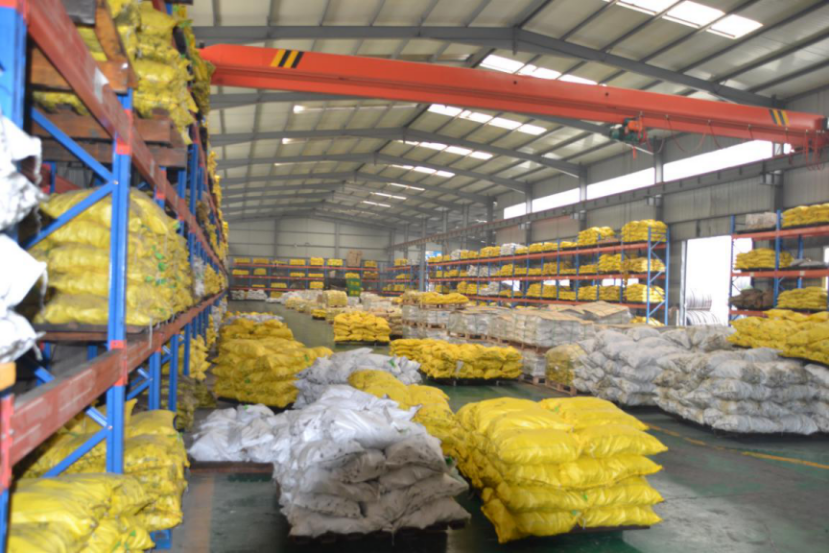crank bolts
Out . 21, 2024 21:59 Back to list
crank bolts
Understanding Crank Bolts Importance, Types, and Usage
Crank bolts are an essential component in the assembly and functionality of bicycles and various mechanical devices. These small fasteners play a crucial role in attaching the crank arm to the bottom bracket, which is vital for the overall performance and safety of the bicycle. Understanding the significance, types, and proper usage of crank bolts can enhance both the longevity of your bike and the efficiency of your rides.
The Importance of Crank Bolts
Crank bolts serve as the connection point between the bicycle's crank arms and the bottom bracket. This connection is paramount because the crank arms are responsible for converting the rider's pedaling motion into the rotational power that drives the bike forward. A securely fastened crank bolt is crucial to ensure that the crank arms function effectively without any wobble or play that could lead to premature wear or even potential accidents. Loose or stripped crank bolts can result in a loss of power transfer, create an uncomfortable riding experience, and significantly increase the risk of mechanical failure.
Types of Crank Bolts
When it comes to crank bolts, there are generally two main types used in modern bicycles hex (Allen) bolts and square taper bolts.
1. Hex (Allen) Bolts These bolts feature a hexagonal socket that requires an Allen key for installation and removal. They are widely used due to their ease of access and ability to provide a strong fastening without requiring much torque. Many crank systems now utilize hex bolts, allowing for a cleaner design and reduced weight.
2. Square Taper Bolts These are typically found in older bike models, where the crank arm is connected to the spindle with a square taper fit. The square taper design provides a reliable connection but may not be as prevalent in modern bikewear, as advancements in crank designs have led to other forms of attachment.
crank bolts

Proper Usage and Installation
Installing and maintaining crank bolts correctly is crucial for any cycling enthusiast. Here are some key tips for proper usage
- Torque Specifications Always adhere to the manufacturer's torque specifications when installing crank bolts. Over-tightening can strip the threads or damage the components, while under-tightening may lead to loosening during rides.
- Tools and Equipment Use the appropriate tools for installation, such as the correct size Allen key or socket wrench, to avoid damaging the bolt head. It's advisable to use a torque wrench for accuracy.
- Regular Checks Incorporate crank bolt checks into your regular maintenance routine. Periodic checks can help identify any signs of wear or looseness, ensuring that the fasteners remain secure.
- Replacement If a crank bolt is stripped, damaged, or showing signs of wear, replace it immediately to prevent any accidents or further damage to the crank arm or bottom bracket.
In conclusion, crank bolts may be small components, but their impact on bicycle performance cannot be underestimated. Understanding their types, maintaining them properly, and ensuring their secure installation will not only enhance your biking experience but significantly contribute to your safety on the road. Regular attention to these details will help preserve the integrity and longevity of your bicycle's drivetrain system.
Latest news
-
Reliable Axle Nuts Supplier | High-Quality Automotive Parts
NewsAug.19,2025
-
Premium Wire Bolts Suppliers | Durable & Reliable Fasteners
NewsAug.18,2025
-
Leading Metric Wood Screw Companies & Manufacturers
NewsAug.17,2025
-
Top Wire Bolts Suppliers - Quality & Durable Fasteners
NewsAug.15,2025
-
Trusted Wire Bolts Company | Quality Fasteners Supplier
NewsAug.14,2025
-
Reliable Wire Bolts Suppliers & Manufacturers for Global Needs
NewsAug.13,2025
